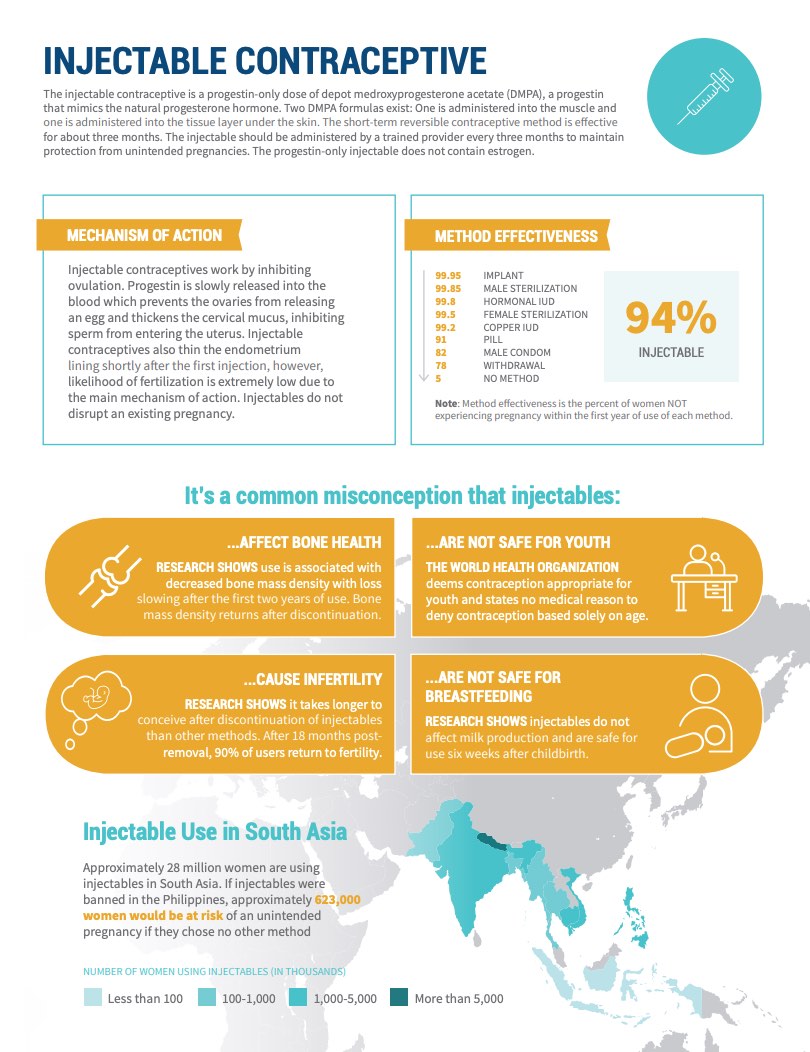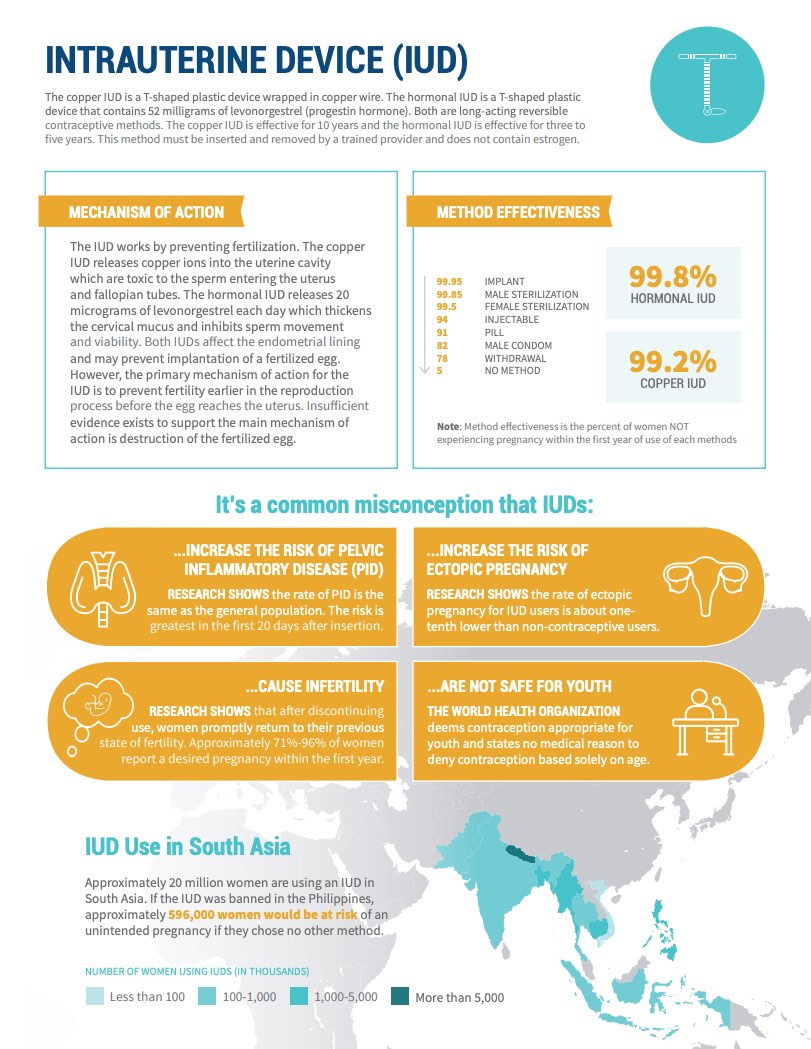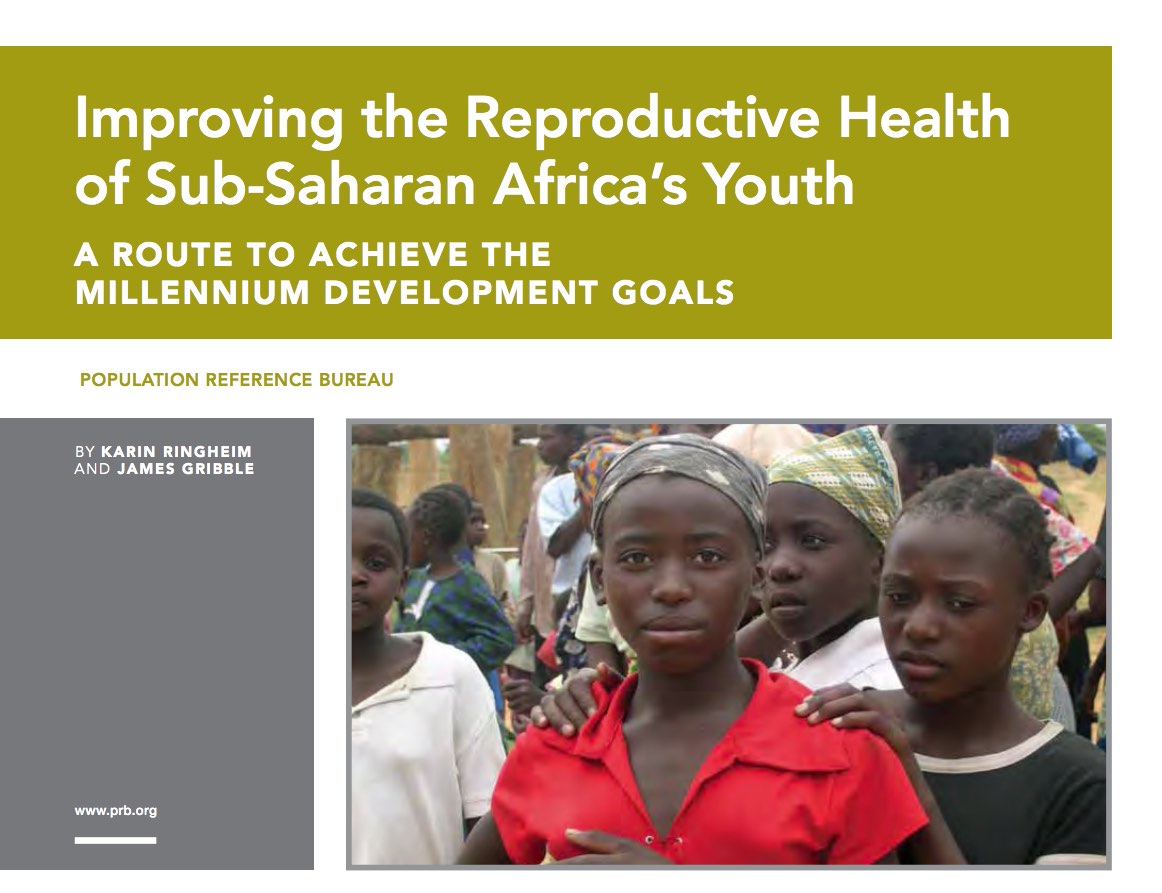235 Search Results Found For : "낚시하는법[ VPH123.COM ]영화카지노 경마배팅 강남커플마사지 썬시티카지노사이트 낚시동영상 룰렛규칙 정선카지노여행 신천지바카라주소"
Child Mortality Decreases Globally and Immunization Coverage Increases, Despite Unequal Access
(2009) Lack of access to quality health care and clean water and sanitation, undernutrition, and other preventable or treatable causes lead to the deaths of tens of thousands of children worldwide every day.

Project: Empowering Evidence-Driven Advocacy
Infographic. Injectable Contraceptive
The injectable contraceptive is a progestin-only dose of depot medroxyprogesterone acetate (DMPA), a progestin that mimics the natural progesterone hormone. Two DMPA formulas exist: One is administered into the muscle and one is administered into the tissue layer under the skin. The short-term reversible contraceptive method is effective for about three months. The injectable should be administered by a trained provider every three months to maintain protection from unintended pregnancies. The progestin-only injectable does not contain estrogen.

Project: Empowering Evidence-Driven Advocacy
Infographic. Intrauterine Device (IUD)
The copper IUD is a T-shaped plastic device wrapped in copper wire. The hormonal IUD is a T-shaped plastic device that contains 52 milligrams of levonorgestrel (progestin hormone). Both are long-acting reversible contraceptive methods. The copper IUD is effective for 10 years and the hormonal IUD is effective for three to five years. This method must be inserted and removed by a trained provider and does not contain estrogen.
Israel’s Demography Has a Unique History
(2014) Israel's demographic patterns and trends are unique, reflecting the complex political, cultural, and religious future of the region.
Project: IDEA: Informing Decisionmakers to Act
New Kenyan Population Policy a Model for Other Countries
(2014) In 2012, the government of Kenya passed a landmark policy to manage its rapid population growth. The new population policy aims to reduce the number of children a woman has over her lifetime from 5 in 2009 to 3 by 2030.2
Japan’s Demographic Future
(2010) The phrase "1.57 Shock" was widely used in Japan 20 years ago in reaction to the lowest fertility rate in the country's history.
World Population Highlights 2007: Overview of World Population
(2007) We entered the 20th century with a population of 1.6 billion people. We entered the 21st century with 6.1 billion people. And in 2007, world population is 6.6 billion.

Unintended Pregnancies in the Middle East and North Africa
(2010) Unintended pregnancies are widespread in the Middle East and North Africa (MENA), jeopardizing the health and well-being of women and their families.1 These unplanned pregnancies also exert an unnecessary burden on their countries' health systems and socioeconomic development.
